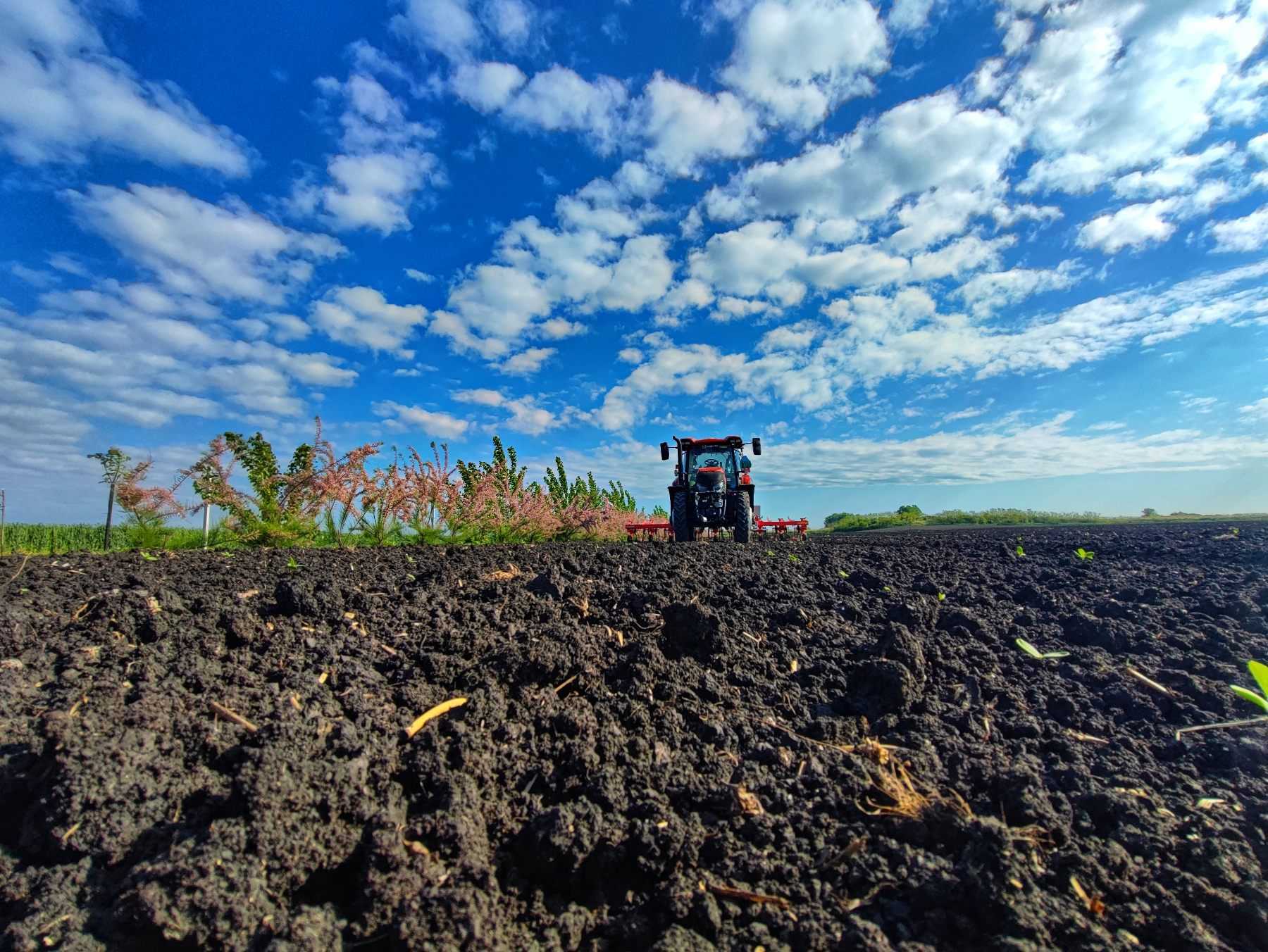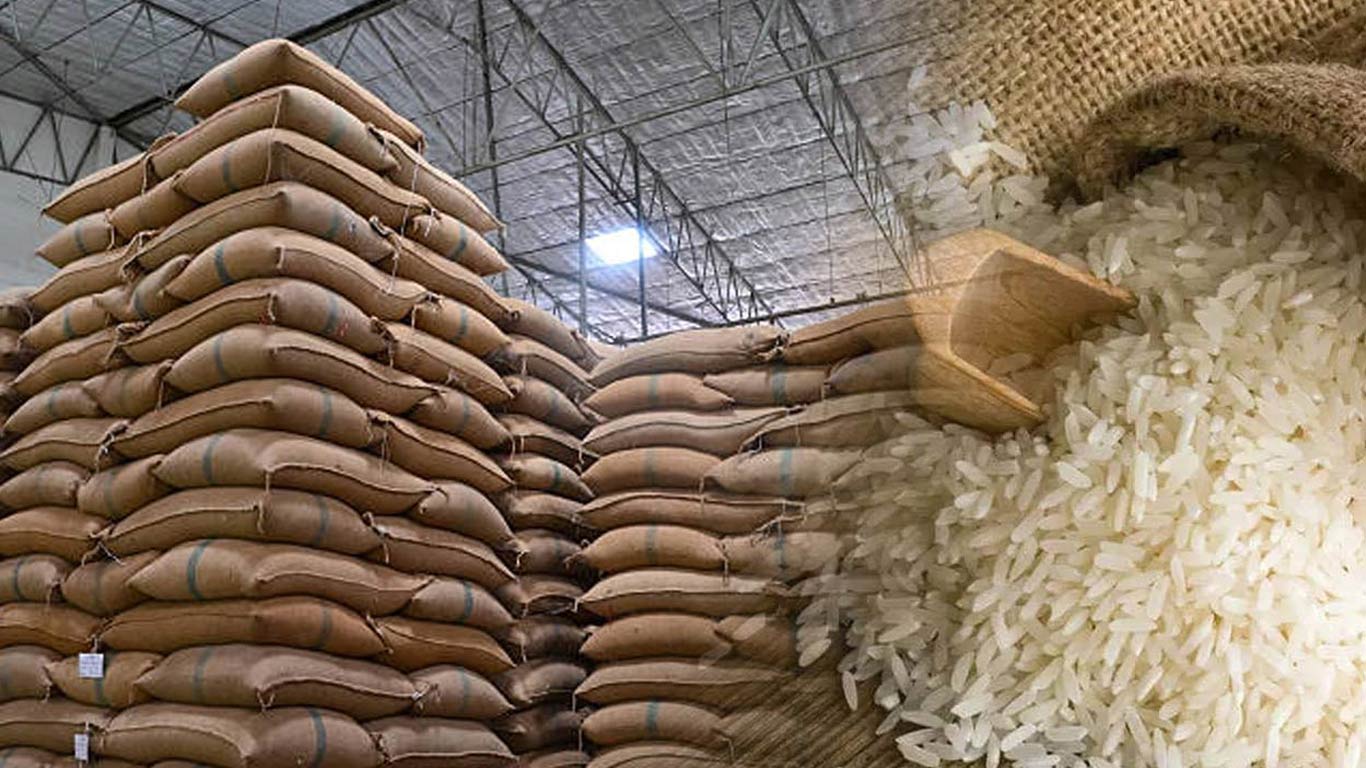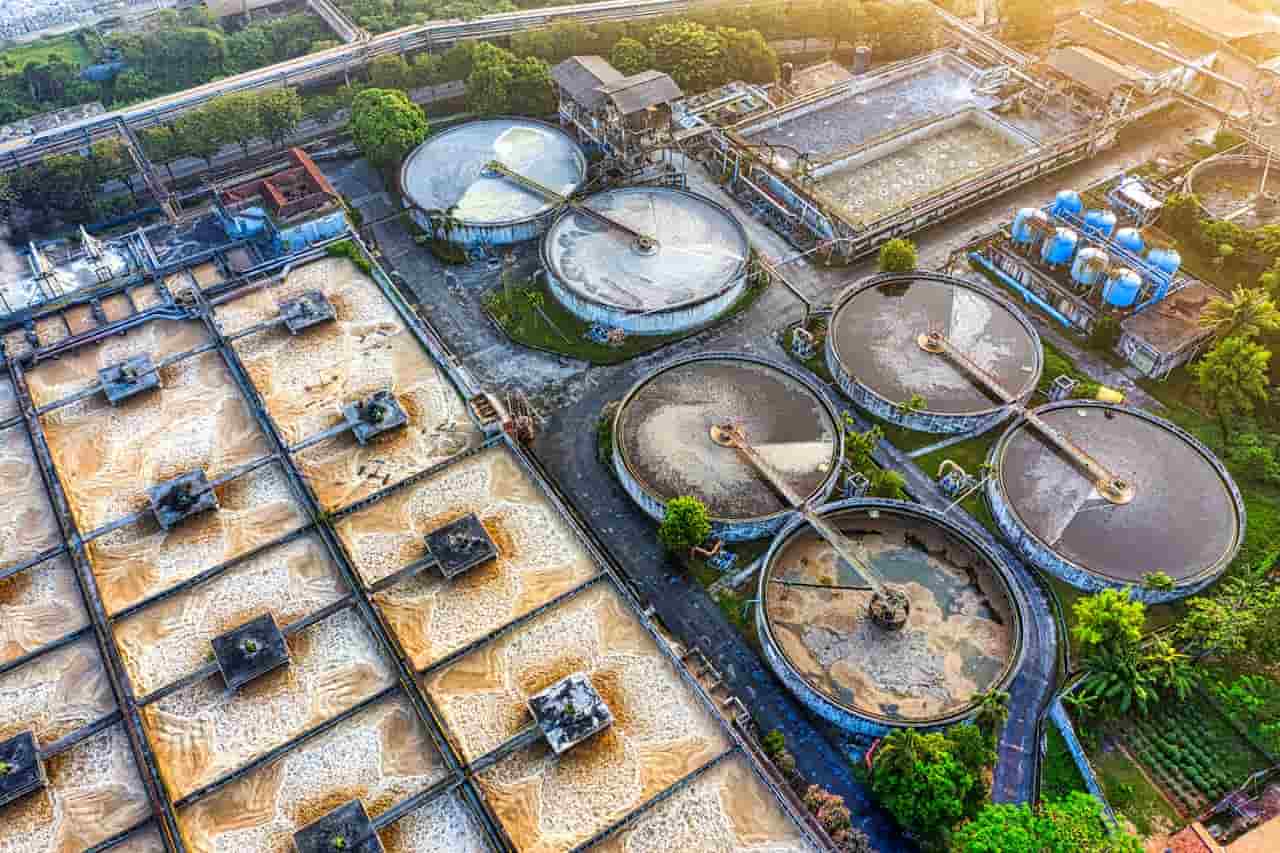Home / agriculture / Biofertilizers for Sustainable Agriculture: Boosting Soil Health and Crop Yield Naturally
Biofertilizers for Sustainable Agriculture: Boosting Soil Health and Crop Yield Naturally
By: My India Times
18 minutes read 42Updated At: 2025-01-30

In the quest for sustainable agriculture, biofertilizers have emerged as a game-changer. These natural fertilizers, packed with beneficial microorganisms, offer an eco-friendly alternative to chemical fertilizers. By enhancing soil fertility, promoting plant growth, and reducing environmental impact, biofertilizers are paving the way for a greener and more sustainable future in farming. Let’s dive into what biofertilizers are, how they work, and why they are essential for sustainable agriculture.
What Are Biofertilizers?
Biofertilizers are natural products containing living microorganisms that enrich soil fertility and promote plant growth. These microorganisms include bacteria, fungi, algae, and other microbes that fix atmospheric nitrogen, solubilize phosphorus, and produce growth-promoting substances. Unlike chemical fertilizers, biofertilizers are eco-friendly, cost-effective, and improve soil health over time.
Types of Biofertilizers
Nitrogen-Fixing Biofertilizers:
Examples: Rhizobium, Azotobacter, Azospirillum.
Function: Convert atmospheric nitrogen into a form plants can absorb.
Phosphate-Solubilizing Biofertilizers:
Examples: Bacillus, Pseudomonas, Aspergillus.
Function: Break down insoluble phosphorus into a soluble form for plant uptake.
Potash-Mobilizing Biofertilizers:
Examples: Frateuria aurantia, Bacillus mucilaginosus.
Function: Release potassium from soil minerals for plant use.
Plant Growth-Promoting Rhizobacteria (PGPR):
Examples: Pseudomonas, Bacillus.
Function: Produce hormones and enzymes that stimulate plant growth.
Mycorrhizal Fungi:
Examples: Glomus, Gigaspora.
Function: Enhance nutrient and water absorption through symbiotic relationships with plant roots.
How Biofertilizers Work
Biofertilizers work by colonizing the rhizosphere (root zone) of plants and performing various functions:
Nitrogen Fixation: Convert atmospheric nitrogen into ammonia, which plants can use.
Phosphate Solubilization: Break down insoluble phosphate compounds into soluble forms.
Hormone Production: Produce growth-promoting hormones like auxins and gibberellins.
Disease Suppression: Compete with harmful pathogens, reducing the risk of plant diseases.
Benefits of Biofertilizers in Sustainable Agriculture
Improves Soil Fertility:
Biofertilizers enhance soil health by increasing organic matter and microbial activity.
Boosts Crop Yield:
By providing essential nutrients, biofertilizers promote healthy plant growth and higher yields.
Eco-Friendly:
Unlike chemical fertilizers, biofertilizers do not harm the environment or deplete soil quality.
Cost-Effective:
They are cheaper to produce and use compared to synthetic fertilizers.
Reduces Chemical Dependency:
Biofertilizers minimize the need for chemical inputs, making farming more sustainable.
Enhances Nutrient Uptake:
They improve the availability and absorption of nutrients like nitrogen, phosphorus, and potassium.
Supports Soil Biodiversity:
Biofertilizers increase the population of beneficial microbes, fostering a balanced ecosystem.
How to Use Biofertilizers
Seed Treatment:
Mix biofertilizers with water and coat seeds before sowing.
Soil Application:
Apply biofertilizers directly to the soil during planting or as a top dressing.
Seedling Treatment:
Dip seedlings in a biofertilizer solution before transplanting.
Fertigation:
Mix biofertilizers with irrigation water for uniform distribution.
Challenges and Solutions
Short Shelf Life:
Biofertilizers have a limited shelf life. Store them in cool, dry places to maintain viability.
Specificity:
Some biofertilizers are crop-specific. Choose the right type for your crops.
Awareness:
Many farmers are unaware of biofertilizers. Education and training programs can bridge this gap.
Conclusion
Biofertilizers are a cornerstone of sustainable agriculture, offering a natural and eco-friendly way to enhance soil fertility and crop productivity. By adopting biofertilizers, farmers can reduce their reliance on chemical inputs, improve soil health, and contribute to a greener planet. As the world moves towards sustainable farming practices, biofertilizers will play a pivotal role in ensuring food security and environmental conservation.
....In the quest for sustainable agriculture, biofertilizers have emerged as a game-changer. These natural fertilizers, packed with beneficial microorganisms, offer an eco-friendly alternative to chemical fertilizers. By enhancing soil fertility, promoting plant growth, and reducing environmental impact, biofertilizers are paving the way for a greener and more sustainable future in farming. Let’s dive into what biofertilizers are, how they work, and why they are essential for sustainable agriculture.
What Are Biofertilizers?
Biofertilizers are natural products containing living microorganisms that enrich soil fertility and promote plant growth. These microorganisms include bacteria, fungi, algae, and other microbes that fix atmospheric nitrogen, solubilize phosphorus, and produce growth-promoting substances. Unlike chemical fertilizers, biofertilizers are eco-friendly, cost-effective, and improve soil health over time.
Types of Biofertilizers
Nitrogen-Fixing Biofertilizers:
Examples: Rhizobium, Azotobacter, Azospirillum.
Function: Convert atmospheric nitrogen into a form plants can absorb.
Phosphate-Solubilizing Biofertilizers:
Examples: Bacillus, Pseudomonas, Aspergillus.
Function: Break down insoluble phosphorus into a soluble form for plant uptake.
Potash-Mobilizing Biofertilizers:
Examples: Frateuria aurantia, Bacillus mucilaginosus.
Function: Release potassium from soil minerals for plant use.
Plant Growth-Promoting Rhizobacteria (PGPR):
Examples: Pseudomonas, Bacillus.
Function: Produce hormones and enzymes that stimulate plant growth.
Mycorrhizal Fungi:
Examples: Glomus, Gigaspora.
Function: Enhance nutrient and water absorption through symbiotic relationships with plant roots.
How Biofertilizers Work
Biofertilizers work by colonizing the rhizosphere (root zone) of plants and performing various functions:
Nitrogen Fixation: Convert atmospheric nitrogen into ammonia, which plants can use.
Phosphate Solubilization: Break down insoluble phosphate compounds into soluble forms.
Hormone Production: Produce growth-promoting hormones like auxins and gibberellins.
Disease Suppression: Compete with harmful pathogens, reducing the risk of plant diseases.
Benefits of Biofertilizers in Sustainable Agriculture
Improves Soil Fertility:
Biofertilizers enhance soil health by increasing organic matter and microbial activity.
Boosts Crop Yield:
By providing essential nutrients, biofertilizers promote healthy plant growth and higher yields.
Eco-Friendly:
Unlike chemical fertilizers, biofertilizers do not harm the environment or deplete soil quality.
Cost-Effective:
They are cheaper to produce and use compared to synthetic fertilizers.
Reduces Chemical Dependency:
Biofertilizers minimize the need for chemical inputs, making farming more sustainable.
Enhances Nutrient Uptake:
They improve the availability and absorption of nutrients like nitrogen, phosphorus, and potassium.
Supports Soil Biodiversity:
Biofertilizers increase the population of beneficial microbes, fostering a balanced ecosystem.
How to Use Biofertilizers
Seed Treatment:
Mix biofertilizers with water and coat seeds before sowing.
Soil Application:
Apply biofertilizers directly to the soil during planting or as a top dressing.
Seedling Treatment:
Dip seedlings in a biofertilizer solution before transplanting.
Fertigation:
Mix biofertilizers with irrigation water for uniform distribution.
Challenges and Solutions
Short Shelf Life:
Biofertilizers have a limited shelf life. Store them in cool, dry places to maintain viability.
Specificity:
Some biofertilizers are crop-specific. Choose the right type for your crops.
Awareness:
Many farmers are unaware of biofertilizers. Education and training programs can bridge this gap.
Conclusion
Biofertilizers are a cornerstone of sustainable agriculture, offering a natural and eco-friendly way to enhance soil fertility and crop productivity. By adopting biofertilizers, farmers can reduce their reliance on chemical inputs, improve soil health, and contribute to a greener planet. As the world moves towards sustainable farming practices, biofertilizers will play a pivotal role in ensuring food security and environmental conservation.
By: My India Times
Updated At: 2025-01-30
Tags: agriculture News | My India Times News | Trending News | Travel News
Join our WhatsApp Channel






































































































.png)
 (1).png)























